Navigating Moscow’s sprawling urban landscape becomes a breeze when you master Moscow public transport pro techniques, leveraging its efficient metro, buses, trams, and trains. Known for its iconic subterranean palaces and reliable surface routes, Moscow’s transit system carries millions daily, offering a cost-effective way to explore the city. The Moscow CityPass enhances your experience, providing a Troika card for seamless fares, discounts at select attractions, and a digital guide for route planning. Therefore, this guide shares expert tips to use Moscow’s public transport like a pro in 2025, ensuring a smooth and confident journey.
Why Master Moscow’s Transit System?
Moscow’s public transport is a lifeline, connecting historic sites like Red Square to modern hubs like Moscow-City with speed and affordability. With over 450 metro stations and thousands of buses, it’s a low-carbon alternative to taxis, reducing emissions by up to 75% compared to cars. The Moscow CityPass simplifies navigation, including a Troika card for all transport modes and listing key routes to attractions. For instance, its app helps plan trips to Gorky Park or the Bolshoi Theatre, saving time and hassle.
Moreover, mastering transit lets you blend with locals, avoiding tourist traps and experiencing the city’s rhythm. Thus, with the pass and these tips, you’ll move through Moscow with ease and authenticity.
Understanding the Moscow Metro
The Moscow Metro, opened in 1935, is a global marvel, famed for its chandelier-lit stations like Komsomolskaya and lightning-fast trains. Running 5 AM–1 AM, it serves 12 lines covering 450+ stations, with fares starting at 50 RUB per ride via the Troika card. Because it’s the city’s backbone, expect trains every 1-2 minutes during peak hours (8-10 AM, 5-7 PM). Therefore, use the metro for central destinations like Zaryadye Park or VDNKh.
Access stations using the Troika card, included with the Moscow CityPass. Load 500-1,000 RUB at ticket machines or via the MosMetro app. For example, digital signs and English maps at stations like Ploshchad Revolyutsii make navigation straightforward, but a translation app helps with Cyrillic.
Metro Pro Tips
Download the Yandex Metro app for real-time schedules and transfers, and avoid peak hours for less crowding. Moreover, stand right on escalators, letting others pass left, per local etiquette. Photograph ornate stations like Novoslobodskaya, but avoid flash. Since some stations lack elevators, plan routes via accessible hubs like Novokosino if mobility is a concern.
Navigating Buses and Trams
Moscow’s 1,000+ bus routes and 40+ tram lines complement the metro, reaching suburban areas and scenic streets like Arbat. Low-floor buses, marked with wheelchair symbols, make up 90% of the fleet, offering ramps and free rides for disabled passengers. Trams, slower but charming, trace historic routes like Boulevard Ring. Fares match the metro (~50 RUB), paid via Troika card.
Use the pass’s Troika card for seamless bus or tram entry, tapping at onboard validators. Because routes are extensive, check mosgortrans.ru or Yandex Transport for schedules. For instance, bus 119 connects Sheremetyevo Airport to Rechnoy Vokzal metro, ideal for arrivals.
Bus and Tram Strategies
Flag down buses at stops, as drivers don’t always pause automatically, and board quickly to avoid delays. Additionally, sit near exits on trams for easy alighting, and watch for pickpockets in crowded vehicles. Use pass discounts at cafes near tram stops like Chistye Prudy for a break. Since trams are photogenic, snap shots of red carriages against Old Moscow backdrops.
Aeroexpress Trains for Airport Travel
Aeroexpress trains link Moscow’s airports—Sheremetyevo (SVO), Domodedovo (DME), and Vnukovo (VKO)—to city terminals in 30-45 minutes, a must for Moscow public transport pro travelers. Departing every 30 minutes from 5 AM–12 AM, they offer step-free access and Wi-Fi, costing ~500 RUB one-way. For example, SVO connects to Belorussky Station, near Mayakovskaya metro.
Book tickets at aeroexpress.ru or via the pass’s app, using Troika for city connections. Because trains are punctual, arrive 15 minutes early for security. Therefore, use pass-covered metro rides to continue your journey from terminal stations.
Aeroexpress Efficiency Hacks
Reserve seats online for group discounts, and request staff assistance for mobility needs at aeroexpress.ru. Moreover, keep tickets handy for checks, and store luggage in overhead racks. Since Belorussky is central, pair with a Tverskaya stroll post-arrival. Check flight times to align with train schedules, avoiding rush-hour metro transfers.
MCC and MCD: Suburban Rail Options
The Moscow Central Circle (MCC) and Moscow Central Diameters (MCD) are overground rail networks integrated with the metro, perfect for Moscow public transport pro exploration of outer districts. The MCC, a 54-km loop, connects 31 stations like Luzhniki, while MCD lines stretch to suburbs like Odintsovo. Fares match metro rates (~50 RUB) via Troika.
Access via metro interchanges like Khoroshevskaya, using the pass’s Troika card. Because trains run 5 AM–1 AM, they’re ideal for day trips to Kolomenskoye (Kashirskaya MCD). Thus, use Yandex Metro for route planning, as signage may be Russian-only.
MCC and MCD Navigation
Transfer to MCC free within 90 minutes of a metro ride, tapping Troika at gates. Additionally, board quieter carriages mid-train for comfort, and check digital screens for stops. Since MCC stations like Vladykino link to VDNKh, pair with park visits. Use pass discounts at nearby cafes for syrniki pancakes during transfers.
Troika Card: Your Transit Key
The Troika card, included with the Moscow CityPass, unifies fares across metro, buses, trams, MCC, and MCD, starting at 50 RUB per ride or 2,300 RUB for 30-day unlimited travel. Top up at ticket machines, MosMetro app, or station kiosks, and tap at turnstiles or validators. For example, a 90-minute ticket (80 RUB) allows one metro ride plus unlimited surface transfers.
Because Troika is refundable (~50 RUB deposit), return it at metro kiosks before leaving. Therefore, load funds early via the pass’s guide, and check balances on validators to avoid delays.
Troika Mastery Tips
Keep Troika in a wallet for quick taps, but avoid stacking with other cards to prevent misreads. Moreover, buy unlimited passes for multi-day trips, saving up to 30% on fares. Since machines accept cards, top up digitally to skip cash queues. If lost, report to metro staff, though funds are non-refunded.
Velobike: Cycling as Transport
For short trips, Velobike’s 5,000+ bikes across 600 stations offer a green complement to Moscow public transport pro travel, costing ~150 RUB daily via velobike.ru. Stations near Zaryadye or Gorky Park make cycling scenic routes like the Moskva Embankment easy. Because bikes reduce emissions, they’re ideal for eco-conscious travelers.
Use pass discounts for rentals, and dock bikes within 30 minutes to avoid extra fees. For instance, cycle from Tverskaya to Red Square in 10 minutes, avoiding metro crowds. Thus, check bike availability on the Velobike app for efficiency.
Cycling Like a Local
Wear helmets (not provided) for safety, and stick to bike lanes on Garden Ring. Additionally, lock bikes securely at docks, and photograph for proof if disputes arise. Since summer (June-August) is best for cycling, plan rides then. Pair with pass-covered park visits like Sokolniki for a green day.
Practical Tips for Transit Pros
To navigate Moscow public transport pro style, leverage the Moscow CityPass. Buy it at russiacitypass.com, selecting 1-5 days. Use the digital guide for routes to attractions like the Kremlin, and load 1,000 RUB on Troika for flexibility. Moreover, download Yandex Transport and MosMetro apps for offline planning, and check mos.ru for service updates.
Learn phrases like “gde stantsiya?” (where’s the station?) to ask locals. Pack a translation app for Cyrillic signs, and carry cash for backup. Because spring (April-May) and autumn (September-October) avoid winter snow and summer heat, they’re ideal for transit ease. For instance, keep your passport for checks, and use Invataxi (+7 495 580-64-22) for accessible rides.
Packing for Transit
Carry a compact umbrella for spring showers, and pack a reusable water bottle for hydration. Additionally, use a crossbody bag to deter pickpockets, and store Troika separately for quick access. Bring earbuds for long rides, and download maps offline to save data.
Avoiding Common Pitfalls
Watch for pickpockets in crowded metros, and avoid standing near doors to deter thieves. Moreover, validate Troika on buses to avoid fines (~2,000 RUB). Since English signage is limited, memorize key stations like Kitay-Gorod. If lost, ask metro staff in blue vests, who may know basic English.
Challenges to Anticipate
Moscow’s metro lacks elevators in older stations, challenging mobility-impaired travelers; use buses instead. Rush hours pack trains

 How to Use Public Transport in Moscow Like a Pro in 2025">
How to Use Public Transport in Moscow Like a Pro in 2025">

 Unique Guided Tours in Moscow: From Street Art to Food Walks">
Unique Guided Tours in Moscow: From Street Art to Food Walks">
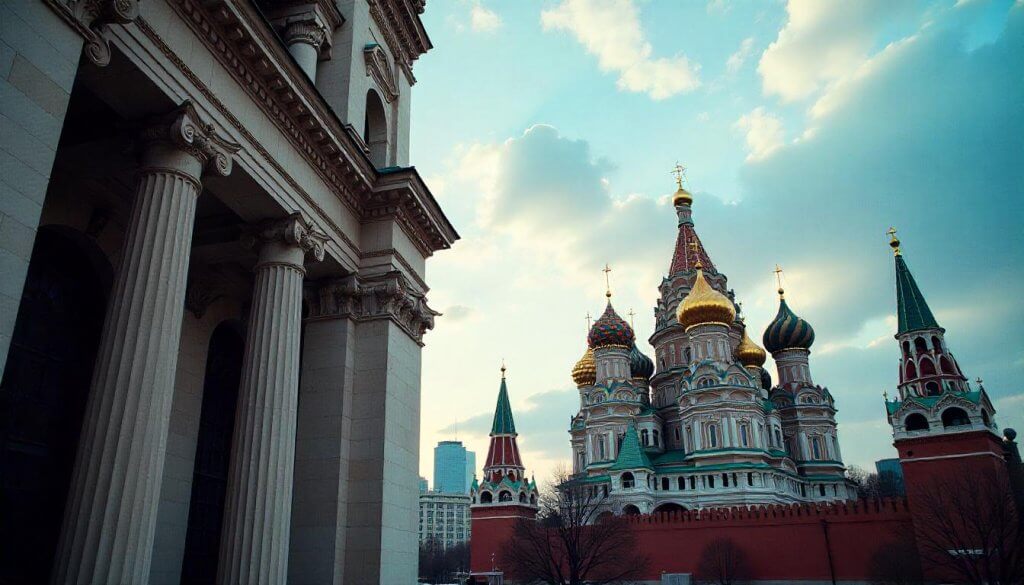 Moscow for Architecture Lovers: Styles and Icons">
Moscow for Architecture Lovers: Styles and Icons">
 Exploring Moscow’s Religious Landmarks and Spiritual Sites in 2025">
Exploring Moscow’s Religious Landmarks and Spiritual Sites in 2025">
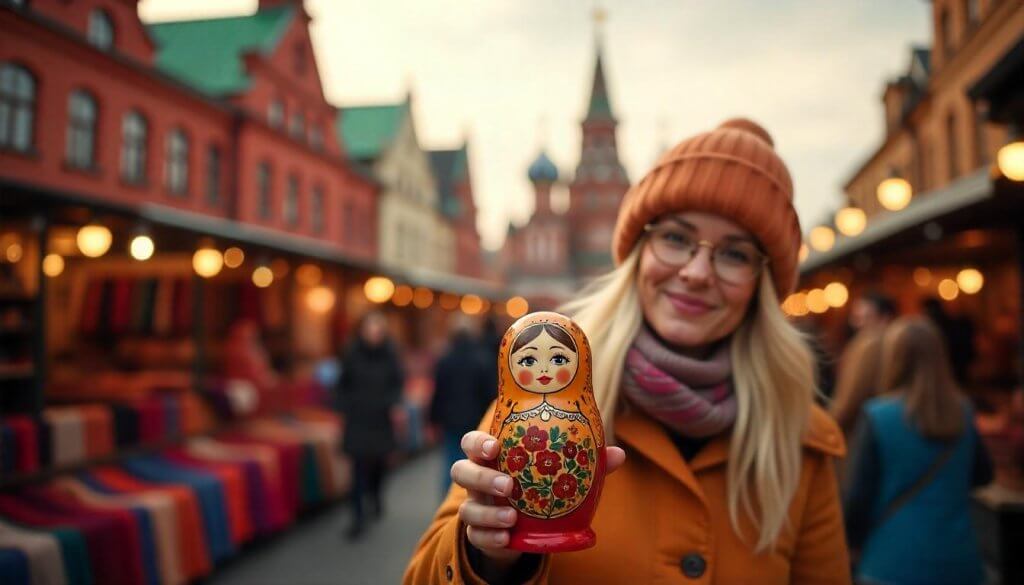 Moscow’s Most Instagrammable Locations in 2025">
Moscow’s Most Instagrammable Locations in 2025">
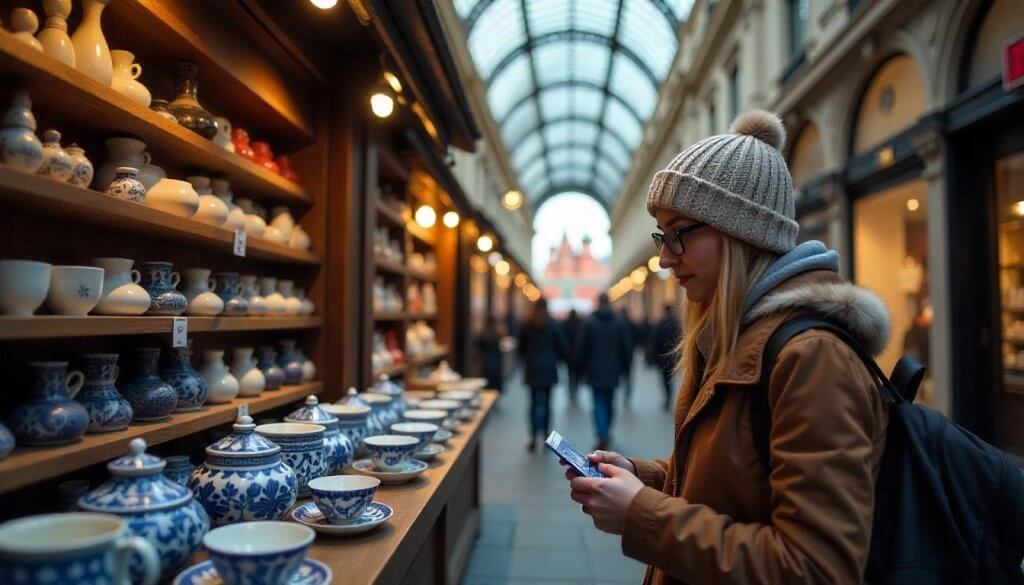 The Best Souvenirs to Bring Home from Moscow in 2025">
The Best Souvenirs to Bring Home from Moscow in 2025">
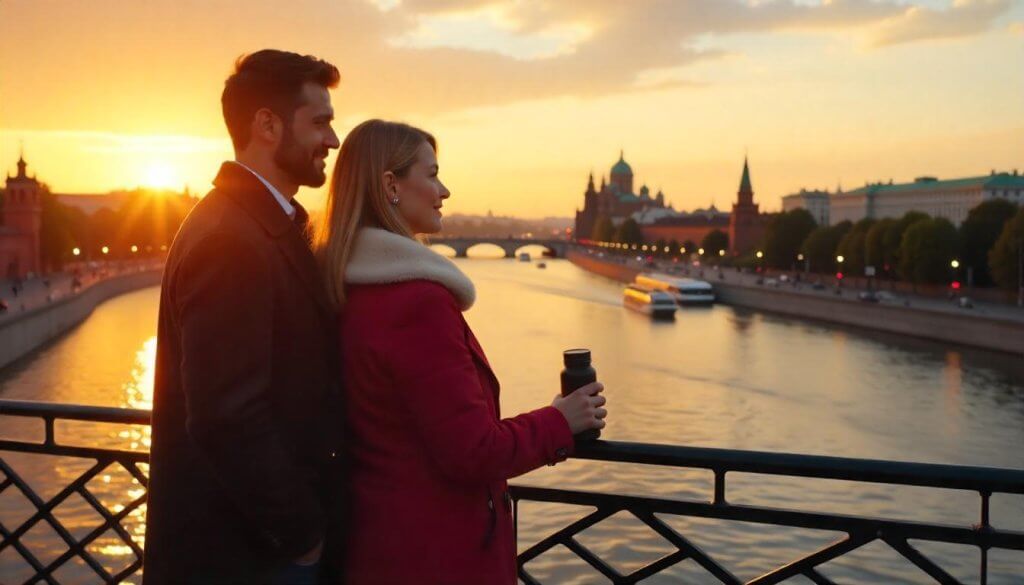 Moscow’s Best Panoramic Views and Rooftop Spots in 2025">
Moscow’s Best Panoramic Views and Rooftop Spots in 2025">
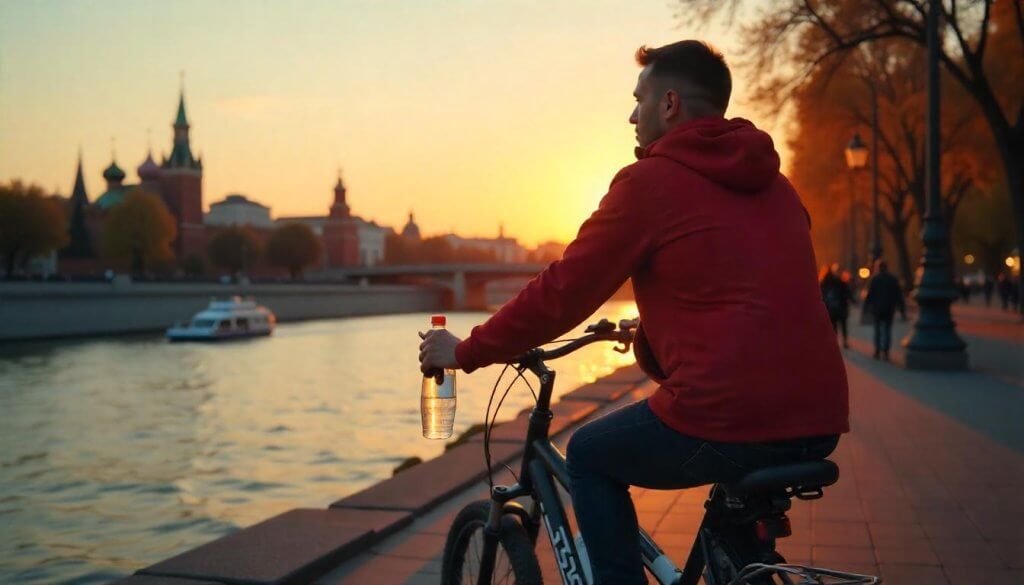 Sustainable Tourism in Moscow: Eco-Friendly Travel Tips for 2025">
Sustainable Tourism in Moscow: Eco-Friendly Travel Tips for 2025">
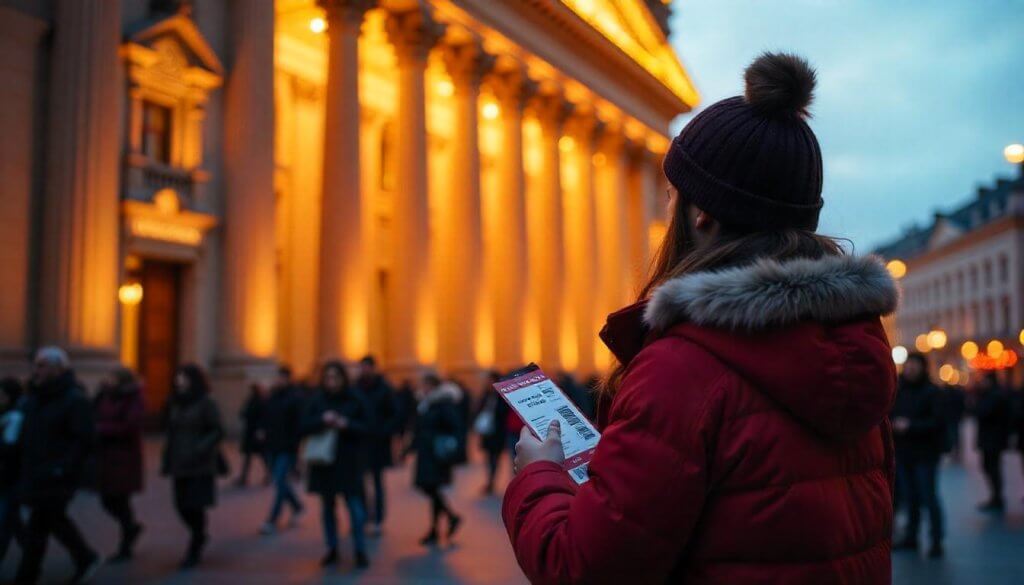 A Guide to Moscow’s Theatrical and Musical Performances in 2025">
A Guide to Moscow’s Theatrical and Musical Performances in 2025">
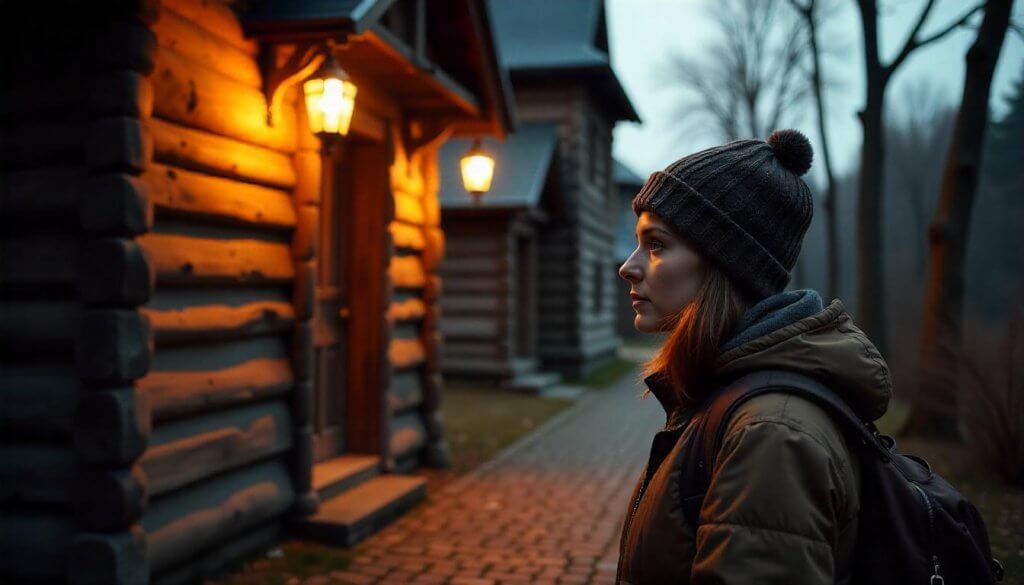 Moscow for History Buffs: Sites and Stories Off the Beaten Path in 2025">
Moscow for History Buffs: Sites and Stories Off the Beaten Path in 2025">
 Romantic Experiences in Moscow for Couples in 2025">
Romantic Experiences in Moscow for Couples in 2025">